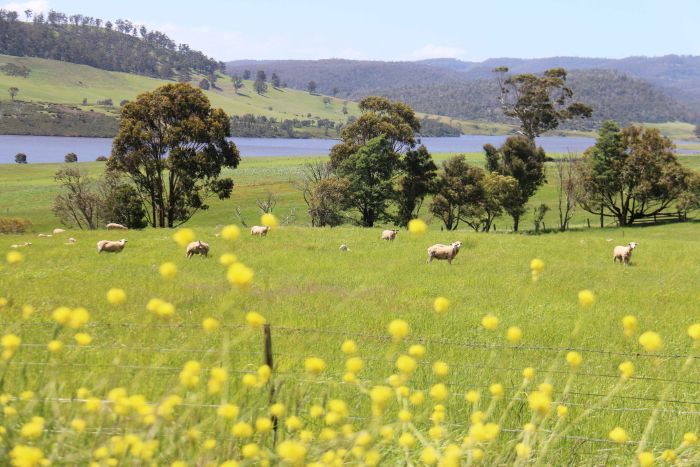Are the world’s protected lands really being protected? A study concludes “no”
09/16/2018 / By Edsel Cook

A new study warned that humans are quickly encroaching upon one-third of the protected lands in the world. Road-building, grazing, and urbanization are just some of the human expansionary activities that are threatening to destroy biodiversity in an area twice as big as Alaska, an article in Scientific American states.
This is a serious blow to conservation efforts such as the Convention on Biological Diversity (CBD), an international effort to stop the loss of biodiversity. More than a hundred nations have pledged to support the CBD.
Participating nations are expected to set aside protected areas of wilderness that humans are not allowed to exploit. The total area has more or less doubled in size since 1992.
More than 15 percent of the available land on Earth is taken up by more than 202,000 protected areas. The CBD member nations are hoping to expand that area to a minimum of 17 percent global terrestrial coverage by 2020.
The goals of a protected zone differ from country to country. Some countries allow minimal human activity and sustainable extraction of resources in the zone. Others are very stringent in managing their protected areas. All share the same ultimate objective: Conserving nature for future generations of humans. (Related: The U.S. Fish and Wildlife Service announces first bat to be removed from the endangered species list.)
One-third of “protected land” has already been damaged by human expansion
The study was undertaken by researchers from the Wildlife Conservation Society (WCS), the University of Queensland, and the University of Northern British Columbia. They published their discovery in the scientific journal Science.
For their assessment of the state of the world’s protected areas, the authors drew from “human footprint” maps around the world. They determined that 32.8 percent of supposedly protected land has already been degraded by human activity.
Areas that were set up before the 1992 ratification of the CBD suffered even worse. Fifty-five percent of those lands have come under pressure from human expansion since then. The study authors advised that human pressure inside protected areas could greatly undercut the goals of the CBD.
“A well-run protected area network is essential in saving species,” said lead author Kendall Jones from the University of Queensland. “If we allow our protected area network to be degraded there is a no doubt biodiversity losses will be exacerbated.”
Furthermore, the researchers added that national governments often overestimate the available room inside a protected area. Even if increasing amounts of land are set aside for protection, biodiversity will still plummet if the land is not properly taken care of.
Instead, they encouraged nations to improve and restore these declining protected areas.
Proper management can save biodiversity and endangered species
According to the study, the most heavily degraded protected areas are in Africa, Asia, and Europe. These areas are close to large human populations.
However, the researchers also found that protected areas that strictly follow biodiversity conservation goals enjoy lower levels of human pressure. They cited Keo Seima Wildlife Sanctuary in Cambodia, Madidi National Park in Bolivia, and Yasuni Biosphere Reserve in Ecuador as examples of areas that successfully prevented degradation.
According to senior author James Watson – who works for both the WCS and the University of Queensland – protected areas will succeed if they are in appropriate locations and receive sufficient funds and good management. A properly administered protected area can prevent the loss of biodiversity and allow endangered species to recover their populations.
Watson also said there are numerous protected areas that remain in good condition. These valuable refuges for endangered fauna and flora need better management if they are to remain viable.
Find more news about conservation efforts at Ecology.news.
Sources include:
Tagged Under: biodiversity, conservation, conservation efforts, Ecology, ecosystems, Endangered species, environ, environment, land management, protected lands, research, wildlife
RECENT NEWS & ARTICLES
COPYRIGHT © 2017 ENVIRON NEWS




















